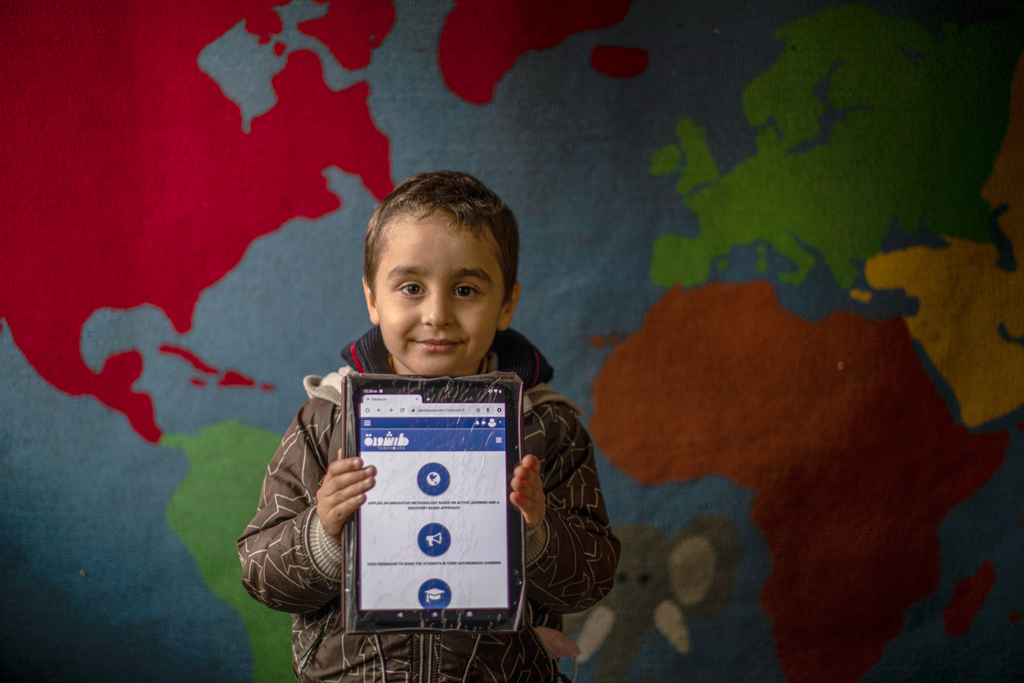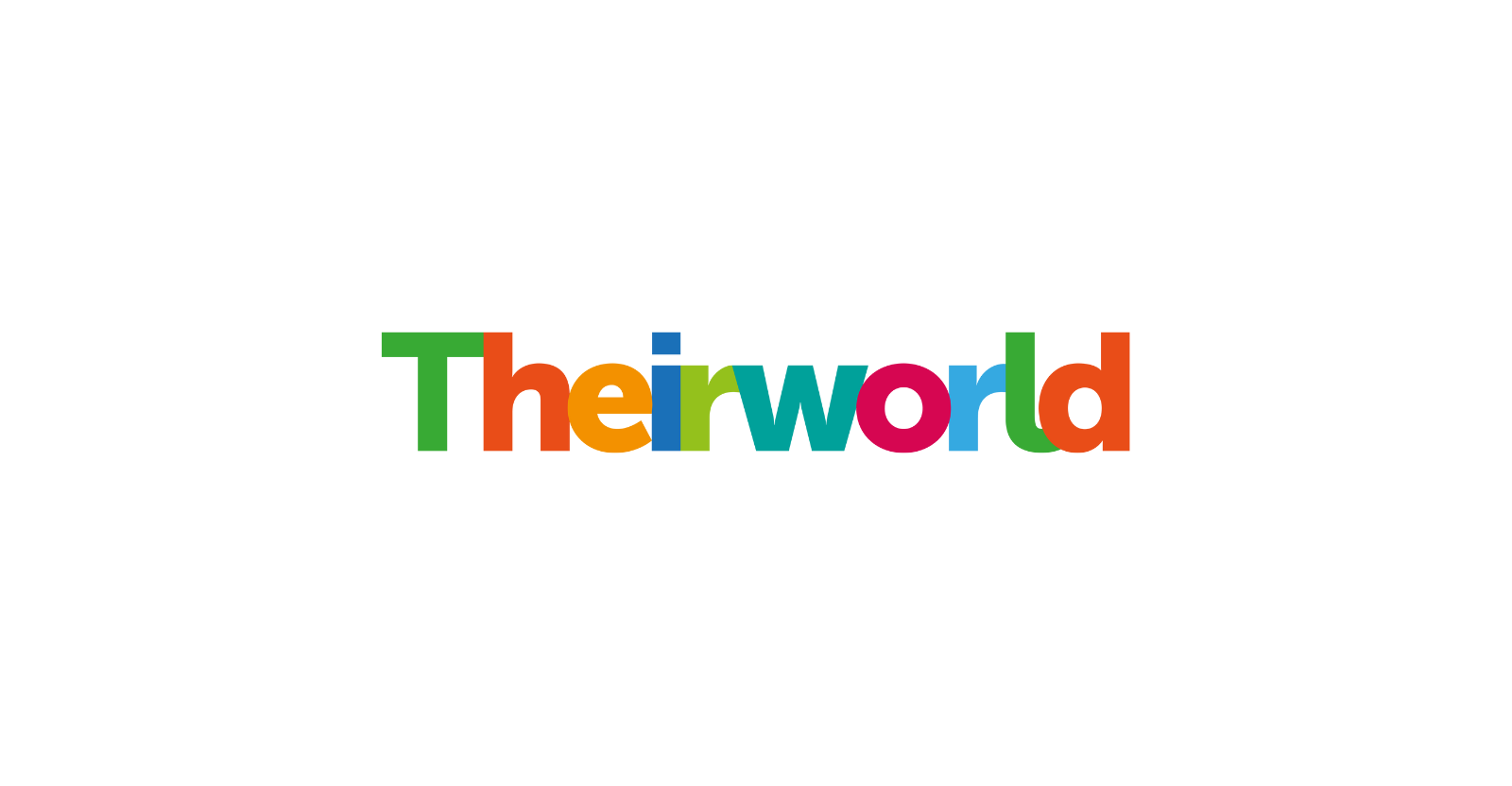
Rhetoric versus reality … how global donors are failing the world’s youngest and most vulnerable children
Early childhood development, Education funding
As a Theirworld report reveals too many are not living up to promises to invest in early childhood education, we look at the record of top donors.
They talk a good game. They say that it’s crucial for children to get the best start in life through quality pre-primary education.
But too many international donors are failing to live up to their public statements about the importance of investing in children’s future at a very early age.
A report by Theirworld – Leaving the Youngest Behind – has revealed the global community has cut the funding and prioritisation of early childhood education.
It means 150 million of the world’s youngest and most vulnerable children are denied the early learning they need to fulfil their potential.
Of the top 25 donors to international education aid, 16 gave nothing to pre-primary education or reduced their previous spending on it. Seven spend nothing on pre-primary education, the report showed.
And while over aid to education is increasing, aid spent on pre-primary education fell by 27% between 2015 and 2017, from $94.8 million to $68.8 million.
Theirworld President Justin van Fleet said: “It is shocking that world leaders talk about the importance of investing in children at the same time as they decrease support for the youngest and most vulnerable children who deserve the best start in life.”
Theirworld has called for international donors to education aid to ensure that 10% of their funding is committed to pre-primary education.
Here we look at some of the major donors to global education and how their words match their actions when it comes to investing in early childhood education.
The rhetoric versus the reality
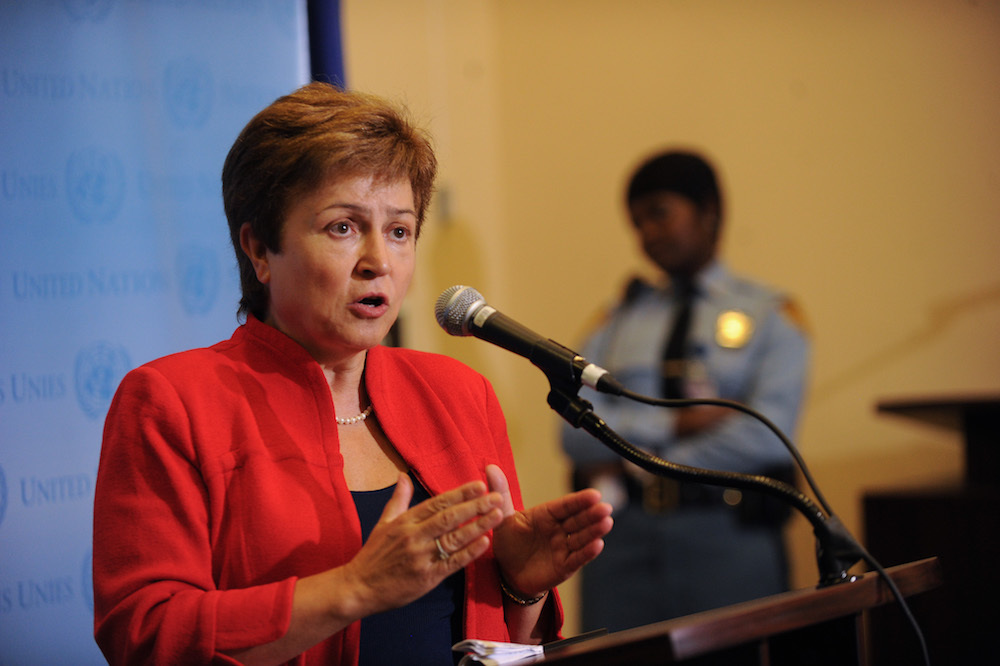
World Bank
The rhetoric…
On its website, the World Bank says: “Investing in the early years is one of the smartest things a country can do for equity and long-term prosperity.”
In a blog earlier this year, World Bank chief Kristalina Georgieva wrote: “If we act now, we can create a world where all children arrive at school well-nourished and ready to learn; where they can grow up to be healthy, skilled, productive adults; and where they have a chance to fulfil their potential.”
The reality….
The World Bank is the biggest single donor to pre-primary education aid, spending $15.7 million in 2017. But that’s only 1.3% of its overall education aid – and a big decline from its 2015 pre-primary aid of $41.5 million.
And while internal calculations in the World Bank suggest this figure is higher, its official reporting suggests otherwise. The discrepancy highlights the need for better data and reporting on early childhood education.
Theirworld’s report says: “The World Bank, the largest donor in volume terms, should reverse the recent decline in aid to pre-primary education and make a public commitment to increase the total share of education ODA (official development assistance) to pre-primary education to at least 10%.”
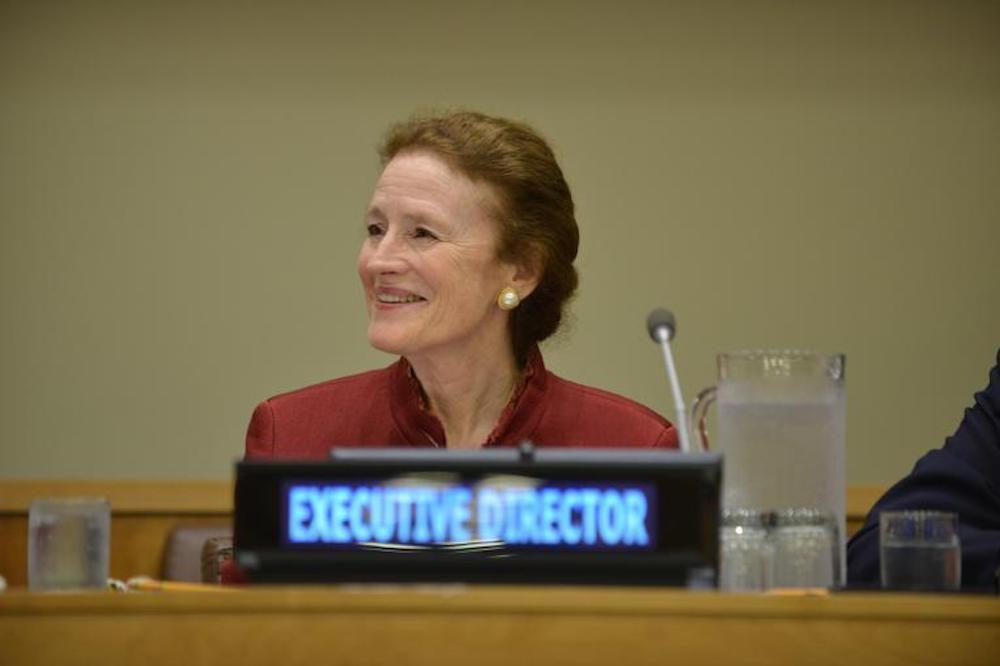
UNICEF
The rhetoric…
In its 2018-21 strategic plan, the UN children’s agency said: “Every child has the right to an education and quality learning opportunities from early childhood to adolescence.”
UNICEF Executive Director Henrietta Fore tweeted in August 2018: “Investing in early childhood is not only good for the youngest of our world, but for our economies and sustainable development.”
The reality….
UNICEF is ranked number one in pre-primary aid as a share of its total education spend. From 2015 to 2017, that increased from 5.5% of its total education aid to 8.3%. But that still falls short of the target of 10%.
Canada
The rhetoric…
Prime Minister Justin Trudeau, a former teacher, has publicly backed the need for great education in his own country and around the world. He said: “A quality basic education is one of the most important things we can do for children, and the path forward to a more gender equal, peaceful, prosperous world.”
The Canadian government’s official website proclaims it is “investing in early learning and child care to help Canadian children get the best start in life and have a fair chance to succeed”.
The reality….
It may be investing in early learning at home – but Canada gave only 2.6% of its education aid to pre-primary in 2017. And that was a drop from 4.6% in 2015.
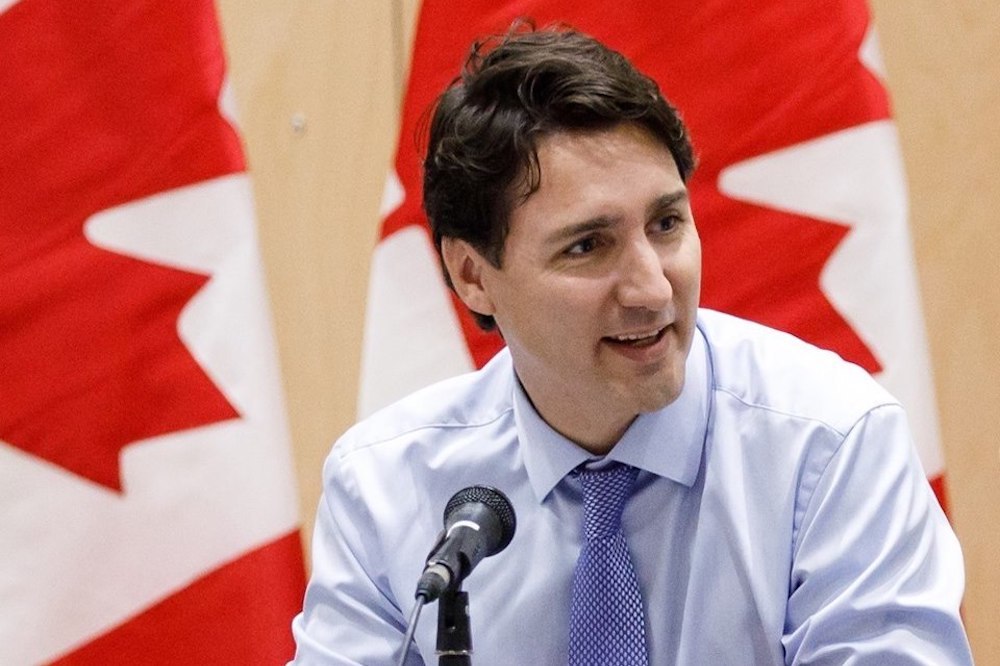
Norway
The rhetoric…
“A global citizen understands that giving all boys and girls in all countries a free, quality education is the best investment we can make in our common future,” said Prime Minister Erna Solberg last year.
Norwegian children have access to kindergartens from only a few months old to age five.
Norway’s education ministry is hosting an international conference called Early Childhood Education and Care the Nordic Way later this month. It says: “Child wellbeing, play and childhood are the core of the Nordic Way. Spanning all years from birth to primary schooling, children are offered integrated full-day services that combine education and care.”
The reality….
Norway allocates just 0.3% of its overall education aid to pre-primary – that’s down from 0.9% in 2015. In terms of actual money, that’s a drop from $2.8 million to $1.1 million.
United Kingdom
The rhetoric…
The UK committed to backing early childhood education in its 2018 education policy document. The Department for International Development (DFID) said: “Good quality early years education (from birth to age right) provides the best possible foundation for a child to learn in school, leading in adult life to higher earnings and success in the labour market.”
It added: “We will build on our current engagement in pre-primary education, in recognition of its role in preparing children for the classroom and securing foundation skills.”
The reality….
The UK increased its share of funding for pre-primary education from 2015 to 2017 – but only to 0.5% (or $4.4 million) of its overall spend.
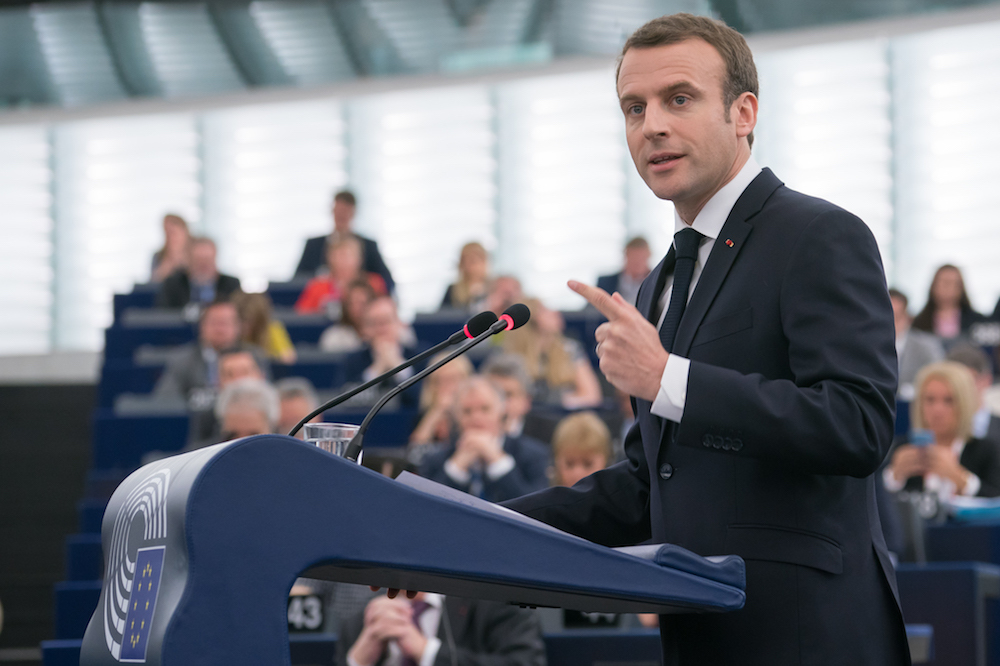
France
The rhetoric…
President Emmanuel Macron said last year: “If you want to fight social inequalities, you must first of all fight against inequalities in the field of education, starting with the youngest ages.”
France has made education compulsory from the age of three, beginning this September. But 98% of three-year-old French children already attend preschool.
The reality….
France gives just 0.03% (or $500,000) of its total education aid to pre-primary, a drop from 0.1% in 2015. That leaves it ranked 17th for pre-primary spending out of the top 25 overall education donors.
In 2017, the Education Coalition in France questioned how the education element of the country’s ODA was being targeted.
“Over 70% of education aid is allocated to post-secondary and secondary education, almost all of which is absorbed by scholarships and tuition fees, which France spends on receiving and training foreign students on its territory,” said coalition chair Carole Coupez.
Germany
The rhetoric…
Angela Merkel’s government has supported early childhood education and children’s rights. German children have access to kindergarten from the age of one to six.
The reality….
Germany spent $6.5 million on early childhood education in 2015. But that fell to $1.5 million two years later – a drop from 0.3% to 0.1% of overall education aid.
The online resource Donor Tracker reports that: “Germany provides the vast majority ($2 billion in 2016) of its education ODA as bilateral funding. The largest share of bilateral education ODA in 2016 was directed towards “post-secondary education” (63%). However, this high share is driven by scholarships and other costs for students from partner countries studying in Germany ($1.1 billion).”
Global Partnership for Education
The rhetoric…
GPE supports the governments of developing countries to strengthen their education systems. Its website says: “Early childhood care and education is one of the best investments a country can make to prepare children for learning and allow them to thrive later in life.”
In its Strategic Goals for 2016-2020, it has an indicator of “more children under five years developmentally on track in health, learning and
psychosocial wellbeing”.
The reality….
Only 5% of its grant funding is devoted to the early years.
GPE does not report to the OECD-DAC (Development Assistance Committee), which makes any comparison of how it fares quite difficult, again highlighting the need for better data. GPE has the opportunity to shift focus to early childhood education by making sure all sector plans include a strong pre-primary education plan.
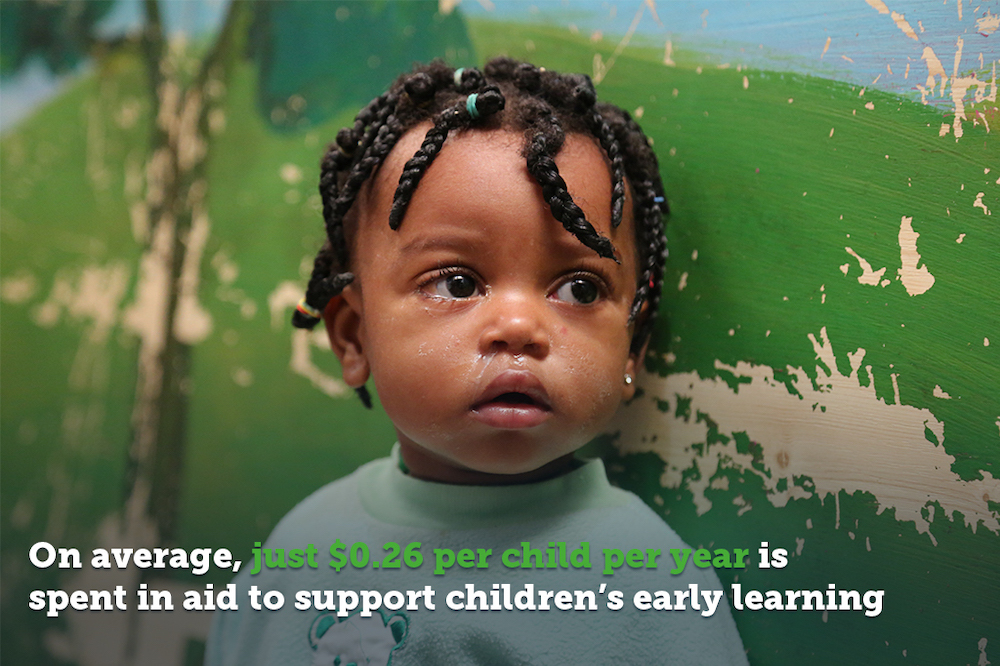
Among the top 25 donors to education aid, what share goes to early childhood education?
1. UNICEF 8.3%
2. New Zealand 5.8%
3. Belgium 3.2%
4. Canada 2.6%
5. South Korea 1.7%
6. World Bank 1.3%
7. Japan 1.1%
8. UAE 0.9%
9. Italy 0.9%
10. Poland 0.7%
11. UK 0.5%
12. Norway 0.3%
13. Switzerland 0.2%
14. EU institutions 0.2%
15. Australia 0.2%
16. Germany 0.1%
17. France 0.03%
18. Denmark 0.03%
None – USA, UNRWA, Asian Development Bank, Austria, African Development Fund, Sweden, Netherlands.
- Theirworld’s work on early childhood development is supported by the Conrad N. Hilton Foundation.

More news
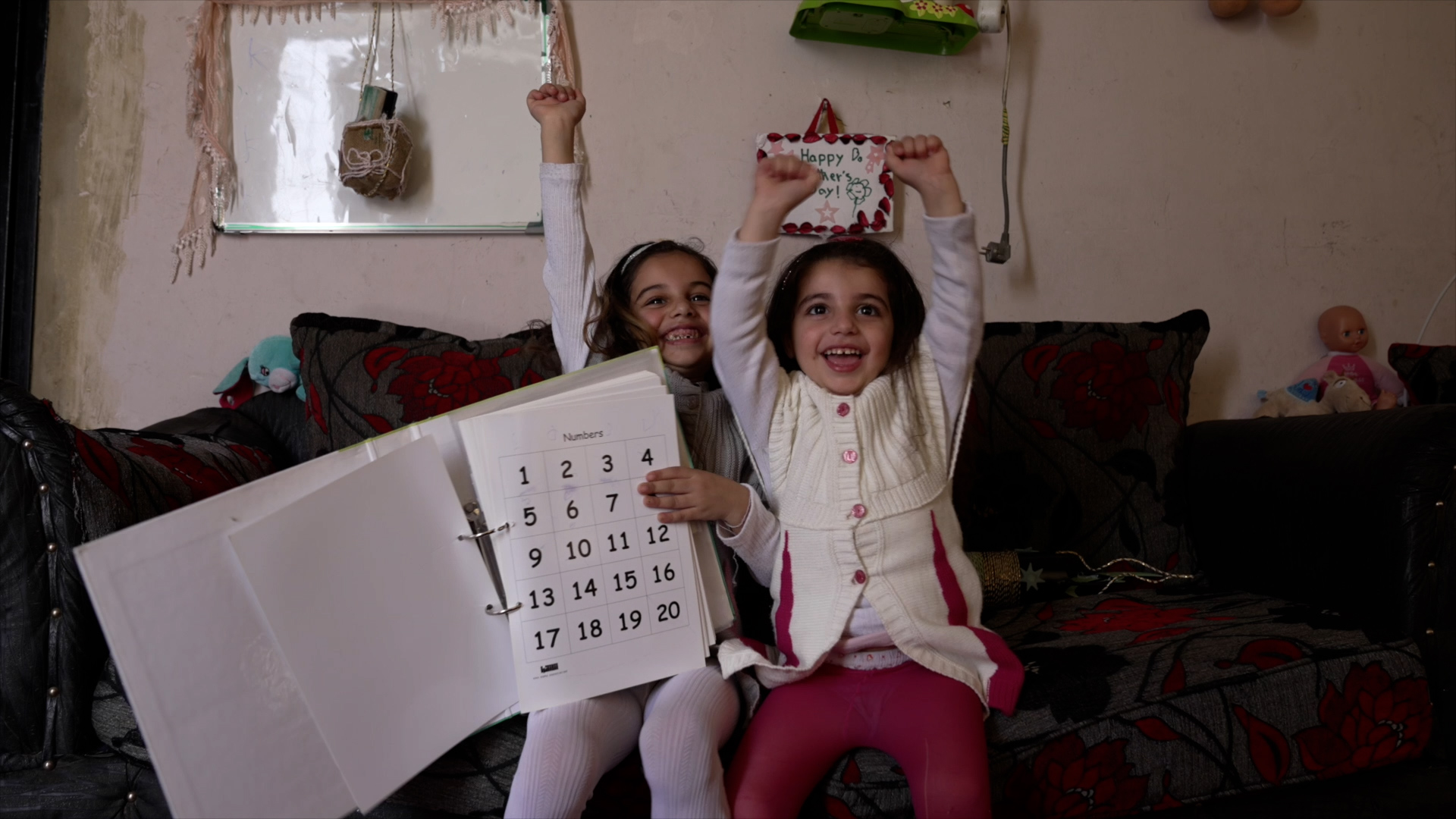
MyBestStart programme gives young girls the education they deserve
